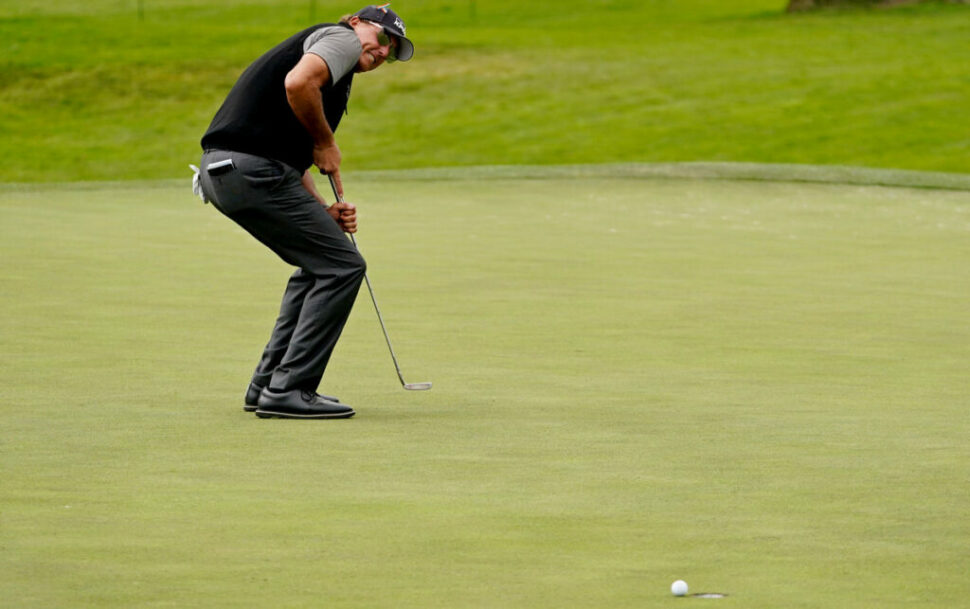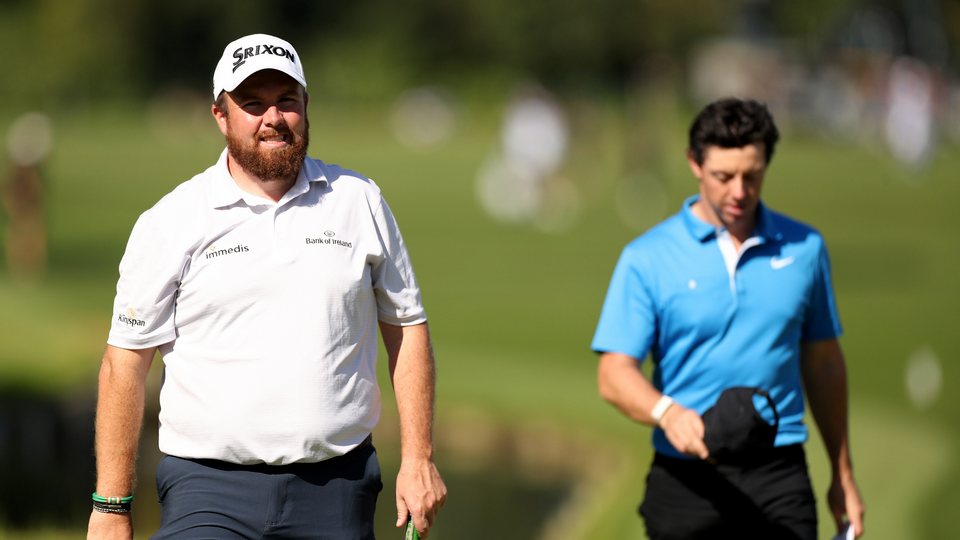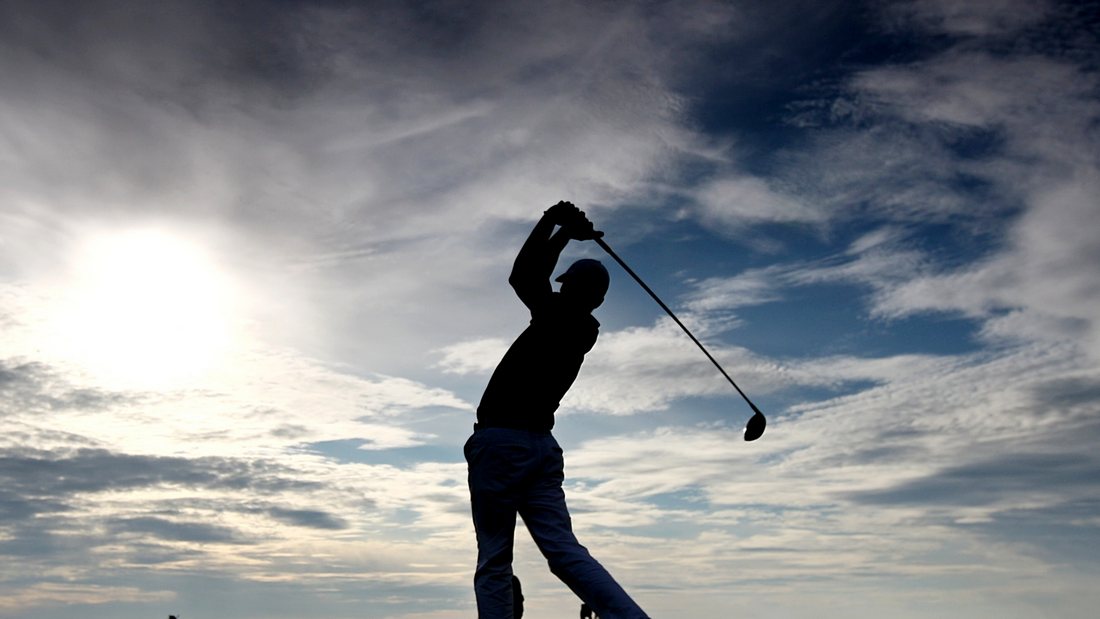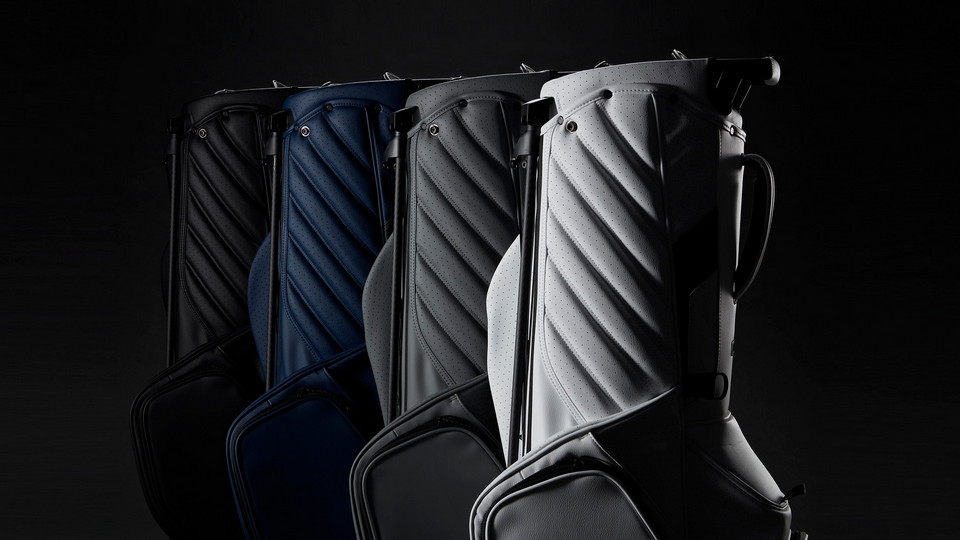
Estimated reading time: 10 minutes
Major championships define a golfer's standing. Other benchmarks -- total number of wins, scoring average, high finishes -- can be added as secondary elements but the ultimate proving ground is when the four primo events take place -- Masters, PGA Championship, U.S. Open and The Open Championship. The rest is simply conversation.
Phil Mickelson's historic PGA Championship win at the age of 50 was his second PGA Championship bringing his cumulative total to six major championships. His overall stature prior to the PGA was unquestionably a Hall-of-Famer, but the win only served to catapult his already considerable golf footprint. The PGA victory at The Ocean Course is his first Tour win since the AT&T Pro-Am at Pebble Beach in 2019 and first major since his impressive final round 66 propelling him to earn the Claret Jug at The Open Championship at Muirfield in 2013.
The barrier of 50 had always been a hurdle no previous golfer could scale. Mickelson has now opened a door previously locked for others. With that achievement in his rear-view mirror, it opens up several related questions -- where does Phil rate among the greatest that have ever played the sport and how does one reasonably equate modern achievements against those from the recent past -- and those from golf's earliest days.
That Champion Moment. #PGAChamp pic.twitter.com/HxwMoqQRDJ
— PGA Championship (@PGAChampionship) May 24, 2021
The PGA Championship victory in South Carolina marked Mickelson's 45th win on the PGA Tour - tied for 8th all-time. However, more telling is that the victory spans a time frame of 30 years from when Phil won the Tucson Open as an amateur in 1991 to his win at Kiawah. No one in professional golf has ever done that. Meaningful longevity is indeed a powerful argument.
When assessing Mickelson's place among the all-time greats it's clear a number of names are beyond him -- and will likely remain that way for the rest of his career.
Golf's Mount Rushmore
That short list includes four central figures at the pantheon of golf. In the first two slots are undoubtedly Jack Nicklaus and Tiger Woods.
Nicklaus won 18 majors and over 70 PGA Tour events. What's even more amazing is that Jack also had 19 finishes as a runner-up in the game's most celebrated events.
Right alongside the Golden Bear is Phil's longtime rival Tiger Woods. Woods has won 15 majors and is tied for the most PGA Tour wins with 82. A recent car crash has sidelined him and his future in returning to competitive golf remains uncertain at this time.
The reach of the shadow that Woods cast on Mickelson's career cannot be overstated. At no time in Mickelson's career has he ever been ranked world number one. In addition, Woods won his first major at 21, while it took Mickelson 13 years on the PGA Tour to win his first -- coming at Augusta -- at age 33.
The 3rd and 4th slots are generally credited to the likes of Ben Hogan and Bobby Jones respectively. Hogan won nine majors and his win column on the PGA Tour numbers 64 triumphs -- including three majors in a single year -- 1953. The spirit and aura that Hogan created in his career still resonates powerfully as a near mythic like character.
Jones won the Grand Slam in 1930 along with 13 majors -- including seven wins in both the U.S. and Open Championships collectively. At the age of 28 he effectively retired from competition and in the years to come became the founder of the Augusta National Golf Club and The Masters.
Fantastic four follows
Once you leave the Mount Rushmore of names mentioned -- the next tier consists of a fantastic foursome that also puts Mickelson in their rear-view mirror.
That listing includes the likes of Walter Hagen, Gary Player, Sam Snead and Tom Watson.
Hagen's career is handicapped by the reality that by the time the Masters had started in 1934 his best competitive days were behind him.
Even so -- The Haig won 11 majors and if one were to count the prestigious Western Open -- a significant event during his heyday - his five wins would bring his overall total to 16 majors.
Right behind Hagen comes Gary Player. The diminutive South African was short in height but ever resourceful in applying himself in a multitude of ways to make the most of his considerable talents. Player was a trailblazer in advocating physical fitness as being central to a golfer's longevity and his superlative career demonstrates that beyond question.
Player is one of five golfers having won the career Grand Slam and his nine majors has him atop the listing as the highest non-American. Similar to Nicklaus and Woods -- Player was able to win majors spanning three different decades.
On this day in 2012 I received one of the greatest honors of my life: the @PGATOUR Lifetime Achievement Award. To be the first foreign-born golfer to receive this award is incredibly humbling. It’s even more special knowing @jacknicklaus and @ArnoldPalmer received the same honor. pic.twitter.com/aVcC2kV0k9
— GARY PLAYER (@garyplayer) March 27, 2021
While much is made of Mickelson's winning longevity there's little doubt Sam Snead remains the virtuoso in this regard. Snead started his professional career when Lou Gehrig was playing first base for the New York Yankees in the 1930s. For the next 40 years the sweet swinging West Virginian was able to showcases a golf swing envied by many for its utter beauty and effective results.
Snead is tied with Woods for the most PGA Tour wins at 82 and during his career won seven majors. The lone significant blemish? Failing tto win the U.S. Open and finishing four times as runner-up. As Snead's career blossomed the U.S. Open anchor around his neck only added more pressure to do so.
Right behind Snead is Tom Watson. The Missourian won eight majors and in several had to outplay Nicklaus to do so. The most memorable battles included the 1977 Masters, the epic "duel in the sun" encounter at Turnberry in the same year at The Open Championship and his miraculous chip-in at the 17th hole during the 1982 U.S. Open where Watson prevented Nicklaus from claiming a record 5th title.
Like Mickelson, Watson went through a shorter period of time when he stumbled during major events but he quickly found his footing courtesy of a close relationship with noted golf star Byron Nelson.
Vardon's grip
Securing the 9th position belongs to a man whose legacy remains to this day popularized with a grip that bears his name. Harry Vardon was golf's first traveling superstar. The Englishman was nearly unbeatable for a number of years and while his grip of a golf club is used by millions of golfers today it was his insatiable "grip" on securing golf victories that bears saluting.
Vardon won a record six Open Championships and a lone U.S. Open title during his career. During his lifetime he made three visits to North America and in countless exhibitions was nearly unbeatable. Vardon only played in the national championship of American golf three times -- winning in 1900, losing in the historic playoff in 1913 to Francis Ouimet and falling just short again in 1920 as a 50-year-old to fellow countryman Ted Ray at Inverness.
No less a figure than renowned architect A.W. Tillinghast stated that in witnessing the golf talents of Vardon and Jones -- it was his belief Vardon was the better player.
The elusive 10th position
The final position is a very competitive one and Mickelson clearly raised his profile in winning the PGA Championship. However, the space between the various players is quite close and bears serious examination.
Among the contenders are the following:
Arnold Palmer -- 7 majors and 62 PGA Tour wins; Byron Nelson -- 5 majors and 52 PGA Tour wins; Gene Sarazen -- 7 majors, 38 PGA Tour wins. Lee Trevino -- 6 majors and 29 PGA Tour wins; Seve Ballesteros -- 5 majors and 9 PGA Tour wins along with 50 European Tour wins; Nick Faldo -- 6 majors, 30 European Tour wins and 9 PGA Tour victories.
Palmer's position is a tricky one to decipher. A number of his wins took place just as Hogan and Snead were fading from the winners' circle and before the ascension of Nicklaus, Player and Billy Casper emerged in the 1960s. In epic meetings -- Palmer often took the runner-up slot when competing against the three. The most noted being the playoff loss to Nicklaus in the 1962 U.S. Open, the 18th hole double-bogey in the 1961 Masters in losing to Player and the squandered seven-shot lead with nine holes to play against Casper in the 1966 U.S. Open. Unquestionably, Palmer elevated the stature of professional golf and revitalized The Open Championship, but the bigger question is how substantial was his actual accomplishments on the course when held against golf's all-time elite competitors.
Half of the Nelson wins (26) took place when World War II was underway and the competitive bar was not as high. Nelson's last major triumph came in the 1945 PGA at the age of 34. Shortly thereafter, the Texan retired to his home State and placed competitive golf on his back burner. If Nelson had maintained a presence there's no way to know how much more, he would have added to his career totals.
Sarazen is one of five to have won the career Grand Slam and he demonstrated success in different time periods during his career against such rivals as Jones and Hagen.
Trevino was a constant presence during his 20-year period and had key successful moments against the likes of Nicklaus. Rarely the lead actor given the Golden Bear's dominance -- but Lee was ever capable of raising his game when called upon. Winning three of the majors at least twice is a big-time plus, however, his inability to win at Augusta -- with a career best T10 -- is his main career liability.
Ballesteros was the consummate shotmaker -- an impresario of the highest order. Like Palmer, Seve's singular achievement was in raising the profile of European golf and being able to be the catalyst in breaking through American dominance - both on the individual level and at the Ryder Cup Matches. Unfortunately, because of conflicts with then PGA Tour Commissioner Deane Beman, Ballesteros had limited appearances in the USA and outside the Masters, likely impacting his play in such events as the U.S. Open and PGA Championship where he accumulated a paltry five top ten finishes in both events.
Faldo's record comes from being able to raise his game when the biggest events were played. Winning three times each in the Masters and Open Championship were significant accomplishments. But Sir Nick was also helped by the pratfalls encountered via botched efforts from Scott Hoch, Raymond Floyd and Greg Norman respectively at Augusta. Nonetheless, one must be in position to take advantage of such happenings and Faldo most certainly did. A playoff win to Curtis Strange in the 1988 U.S. Open would have elevated his stature more so -- ditto with his runner-up position in the 1992 PGA Championship.
So where does Phil rank?
Mickelson is clearly a contender for a top ten position. Phil's main stumbling block? Failure to win a U.S. Open -- an event he has finished a record 6 times as runner-up. All of the names mentioned as contenders for the 10th position-- save for the likes of Ballesteros and Faldo -- have won the championship.
June's championship will be staged at the course Mickelson grew up playing as a child -- Torrey Pines / South in San Diego. Should Phil somehow manage a miraculous win he would become the event's oldest champion and add his name to the sport's most exclusive club -- the 6th golfer to win the career Grand Slam.
If that were to happen nearby Hollywood could not write a better ending. It's important to stress many did not see his victory coming at Kiawah but Mickelson's career has been a fascinating mixture of incredible highs and debilitating defeats. Amazingly, how few people since Kiawah have mentioned the embarrassing incident at the 2018 U.S. Open at Shinnecock Hills when Phil, in utter frustration, opted to hit a moving ball that he putted. The explanation that Phil uttered immediately afterwards was beyond believability and shortly afterwards issued a clear apology for his actions.
It's been stated many times, "what will Phil do next?'
No one knows that answer -- including Phil.
Boring is something Phil will never be accused of being throughout this career. One thing you can most certainly count on -- the upcoming U.S. Open just became that much more interesting to watch.



